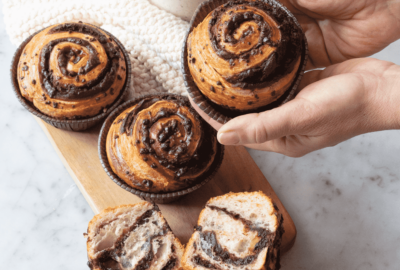Whether you’re an independent operator, a chain or a Michelin starred restaurant, menus are a critical communication and marketing tool. Manipulating the way information is presented on your menu can sub-consciously encourage customers to purchase more of your most profitable dishes – giving your business a cash boost. The practice is called ‘menu engineering’ and the results of a few subtle changes to your menu could increase profits by up to 15%.
The format and content of you menu gives customers an overall feel for your establishment even before they’ve ordered. Claire Scullion from Menu Scientist says “Menu engineering is as much about improving customers’ experience as it is about increasing profitability. A well-designed menu will enhance the overall experience for a customer making them more likely to return and recommend.”
When planning the menu, research your demand. Carla McKenzie from MYA Consulting says “Understand your customer and their requirements. Look at what your target audiences require and also plan by day part (whether it’s all day, breakfast, lunch or dinner).” Analyse any data available, determining the popularity and margin of each dish as well as the average spend per head. “Once a restaurant has a clear picture of what makes their visitor tick, they can experiment with variations to their menu journey and design with the ultimate goal of improving the guest experience as well as the long-term profitability.” Says Carla.
The price of your dishes and how costs are presented on your menu is just as important as the dishes themselves. Claire Scullion recommends removing currency symbols and to make sure prices aren’t formatted in a list “so the customer isn’t so easily guided by price.”
Colour psychology also plays a significant role in menu design. According to Claire, red encourages appetite and has been proven to increase the profitability of a menu as opposed to cooler colours on the spectrum. “Avoid blue, purple and grey as they suppress appetite because they’re not commonly found in natural food sources,” she says.
Keep the menu simple so that customers can easily follow it and clearly categorise each section depending on your target market. Our experts recommend listing desserts on the menu so customers can plan their meal and supplement this with a separate dessert menu to encourage upselling after a meal.
Legislation to include calorie labelling on menus was introduced this year and applies to foodservice businesses with over 250 employees. Claire says “If your restaurant needs to include calorie labelling, the theory around presentation is like that of pricing – make sure it’s clear, but not the stand-out piece of information.”
Some restaurants change menus on a regular basis, but this depends on your location and customer base. Claire says “If customers are visiting once or twice a year, a seasonal menu strategy will mean they can experience different dishes on each visit. On the other hand, if you have a larger following coming once or twice a month, you may wish to consider changing more frequently or adding specials.”
As to the format of the menu, Carla McKenzie has the following advice. “Place the items you want to sell in your menu ‘hot spots’, probably the top right-hand corner. Use a mix of upper case and lower case as all capitals can be harder to read. Use boxes and stories to highlight dishes or features you wish to sell.”


